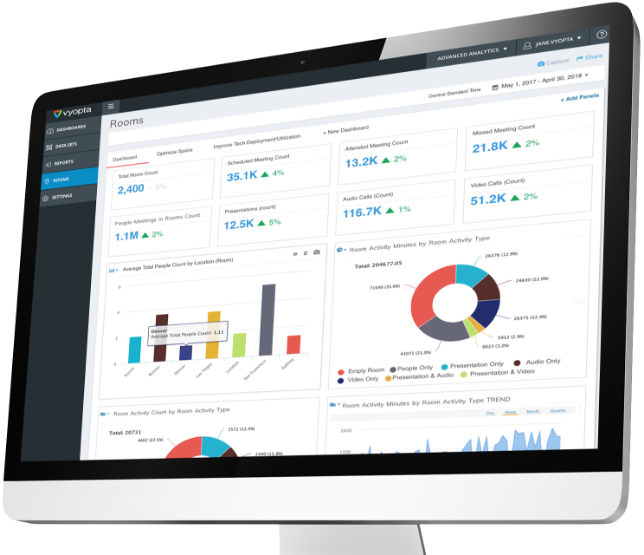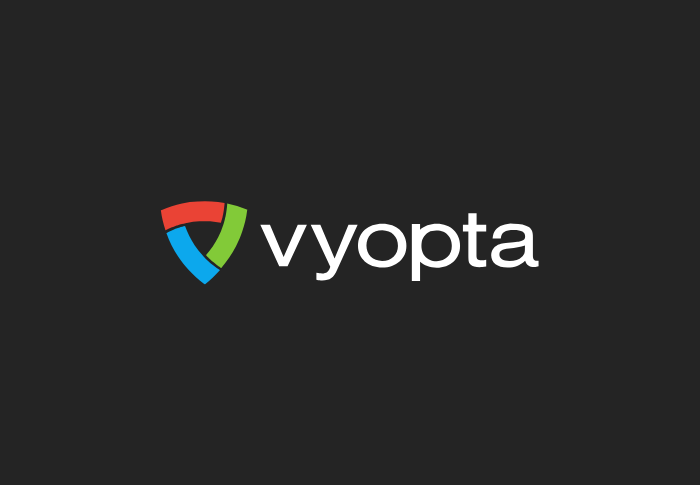While no one has had an easy time managing work responsibilities during the Covid-19 pandemic, it’s time to appreciate the responsibilities that unified communications teams have faced. With UC and IT headcounts staying flat, or barely changed over the past year, IT team workloads have exploded due to the need to manage a huge shift to remote work.
That change has introduced far more variables – insufficient personal equipment, home Internet connections, new collaboration and UC tools – that make it more challenging than ever to make sure call quality and overall functionality remain high. The scales have tipped heavily, and with hybrid work expected to become the norm going forward there’s likely not going to be a return to the old way of doing business anytime soon.
Wayne Bolen, a sales engineer for Vyopta, said with IT headcounts remaining static teams have had to expand their knowledge base and become more flexible in a hurry while in almost all cases not adding staff amid a highly unpredictable business climate.
“The same team that’s responsible for call manager and millions of dollars worth of endpoints now is responsible to make sure Zoom is up and running and functional across tens of thousands of employees, and that’s a new system for those guys,” he said.
“Regardless of who’s responsible for that, when you go from every one of 50,000 employees on prem to 90 percent of those people being remote your usage drastically shifts. Now the guy responsible for making sure the Cisco endpoint is up, and that the touch panel works and the camera is functional for your meetings is also trying to troubleshoot a user who was on a Zoom call or Microsoft Teams call and had very poor quality.”
Remote work scenarios can play havoc with the traditional decision tree and analysis for troubleshooting quality issues with a huge increase in voice and video calls. Bolen said factors such as having too many applications and browser tabs open on a home desktop can spike CPU workload and contribute to quality issues. And adding a virtual background to the mix in a remote conference call can actually make the problem worse. (No cat filters, please.)
The challenge faced by IT and UC teams in those situations, Bolen said, is it’s difficult to find the cause of the problem on off-premise hardware and UCaaS platforms using OEM monitoring tools that can’t look at what’s happening in a multivendor environment.
“There’s always going to be a learning curve, especially customers who are now multivendor. It can be hard to aggregate all that data together,” Bolen said.
“Customers might be happy but not thrilled with the OEM tools they have but it’s not hard to see when you add all these different scenarios and solutions together and you’ve still got the same team supporting everything it becomes a bit of a hurdle and a challenge to pull data from each place. There’s a Zoom dashboard and then you’ve got Cisco and both of them used on a call, now I’ve more to troubleshoot when there’s an issue.”
Flat IT headcounts call for better monitoring
With their workloads at an all-time high, Vyopta’s new Intelligent Monitoring Engine offers IT and UC teams the ability to monitor and manage multivendor environments more efficiently than ever before. Not only is troubleshooting easier than ever thanks to reports and dashboards that can examine all factors affecting a call, but the ability to create 24/7 alerts for specific scenarios offers a new level of detail to quickly address important issues.
Nick Wiik, senior product manager for Vyopta, said 24/7 monitoring is one of the pillars behind the creation of the Intelligent Monitoring Engine, as well as the granularity to aggregate only the most relevant data on quality and usage.
“You can go through and have these really granular alerts, and you customize them to send, or not send, based on the thresholds that you set,” he said. “Now you can have a view of everything with one consolidated real-time status.”
Wiik said amid flat IT headcounts and workplaces transformed in the wake of the pandemic, teams need the best data possible, presented in the clearest way so they can handle dramatically increased use of collaboration and UCaaS platforms. When a company with 15 offices has to shift to managing the experience for thousands of remote home offices, it’s easy to get overwhelmed without the best possible monitoring and analytics tools.
“There’s way less in their control, and a much bigger need for visibility. So you have to think that it really has to increase the need for a more granular monitoring agenda to look at all of the elements,” he said.
“They’re not getting any help. They’re not getting any support in the sense of IT headcount growth. Yet their responsibilities in terms of managing who’s participating in this (meeting) with the home environments complexity, all of that skyrocketed. Yet they don’t have a growing headcount. It’s just this weird expectation with IT. Obviously the pandemic’s kind of an outlier situation but for some reason, there’s this pervasive trend of not growing IT headcount. We’ve definitely seen that being a key driver for the increased demand for more intelligence and the ability to intelligently monitor.”
To learn more about the Intelligent Monitoring Engine, get all the details with our comprehensive datasheet.
Chad Swiatecki is a business writer and journalist whose work has appeared in Rolling Stone, Billboard, New York Daily News, Austin Business Journal, Austin American-Statesman and many other print and online publications. He lives in Austin, Texas and is a graduate of Michigan State University. Find him online on LinkedIn.








